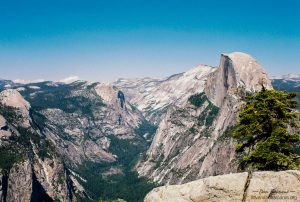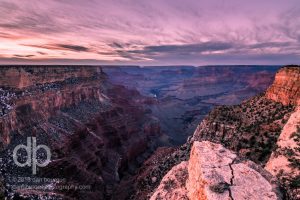This week marks the centennial of the National Park Service, the 100th anniversary of when President Woodrow Wilson signed the act creating the service within the Department of the Interior. Though August 25th, 1916 was the beginning of the NPS, it was far from the beginning of our National Parks.
The first National Park was Yellowstone, created in 1872 by an act of Congress. Why a national park? Because Wyoming wasn’t a state yet, and a “national park” made sense to protect it. It took a while to create the second national park, Sequoia, in 1890, but this act set the precedent for a national park to be created within an existing state (California became a state in 1850). Following a month later was Yosemite, the iconic favorite of naturalist and visionary John Muir who had dedicated his life to securing its protection.
More national parks were created in the years that followed, but arguably Congress’ most influential action with respect to the parks was the Antiquities Act of 1906 which gave the President the authority to create national monuments on federal land. When the NPS was born in 1916, it was given jurisdiction over 35 protected areas including the first 12 national parks: Yellowstone, Sequoia, Yosemite, Mount Ranier, Crater Lake, Wind Cave, Mesa Verde, Glacier, Rocky Mountain, Haleakala, Hawaii Volcanoes, and Lassen Volcanic. Conspicuously absent from this list is the Grand Canyon. Why? Because in 1908 President Theodore Roosevelt declared the Grand Canyon a National Monument. At the time it was considered an abuse of the Antiquities Act and a gross overreach of his power. History seems to be on his side, though, and in 1919, Congress designated the Grand Canyon the 15th national park.
In 1933, President Franklin Roosevelt expanded the National Park Service even further by using his executive authority to transfer 56 additional sites and monuments from other departments to the NPS. This order also expanded the NPS role to protecting sites of historic significance in addition to protecting America’s most scenic areas. This included sites like Gettysburg, Yorktown, Cabrillo and Kill Devil Hill.
Upon its centennial, the National Parks Service has grown from 35 to more than 400 protected areas, both big and small, in all 50 states and many territories. Though now 100 years old, the original mission given to the NPS is as as relevant today as it was in 1916. Long may the NPS continue to “conserve the scenery and the natural and historic objects and the wild life therein and to provide for the enjoyment of the same in such manner and by such means as will leave them unimpaired for the enjoyment of future generations.”
References:




No Comments Yet